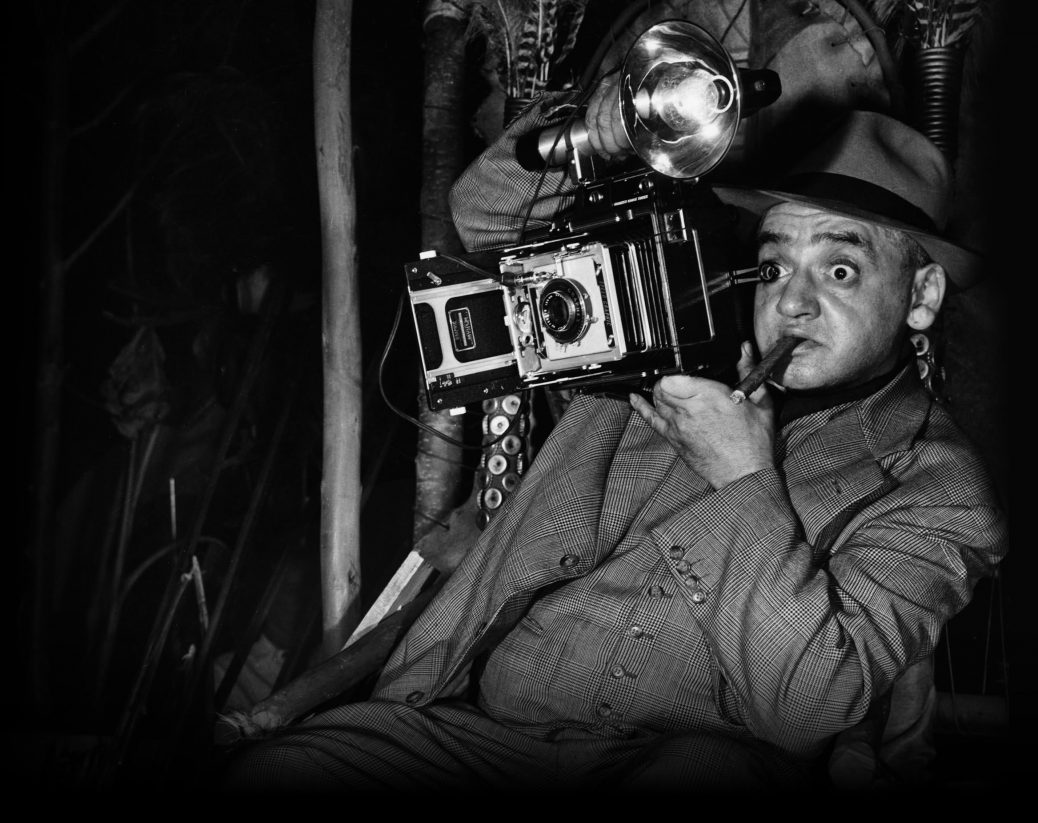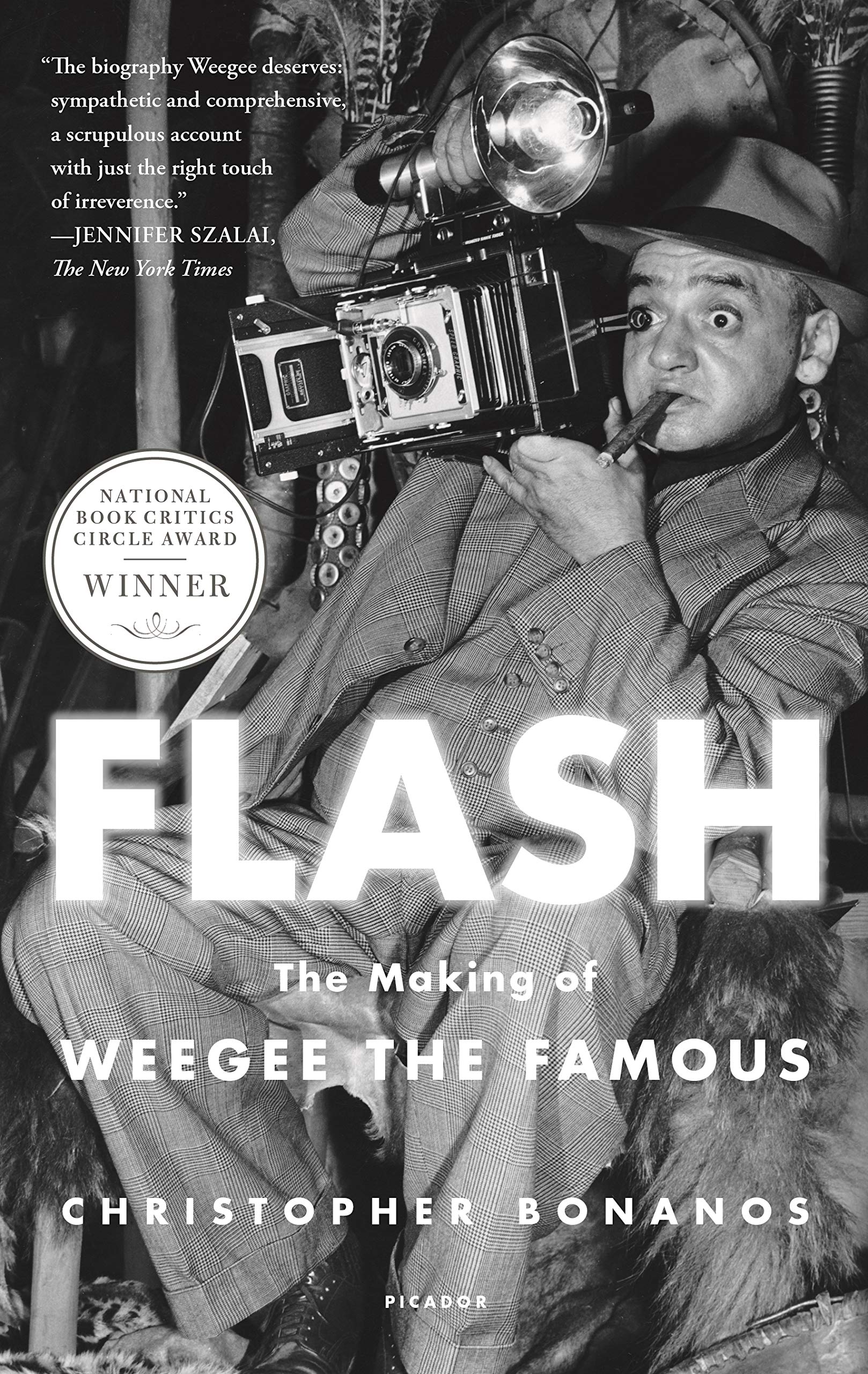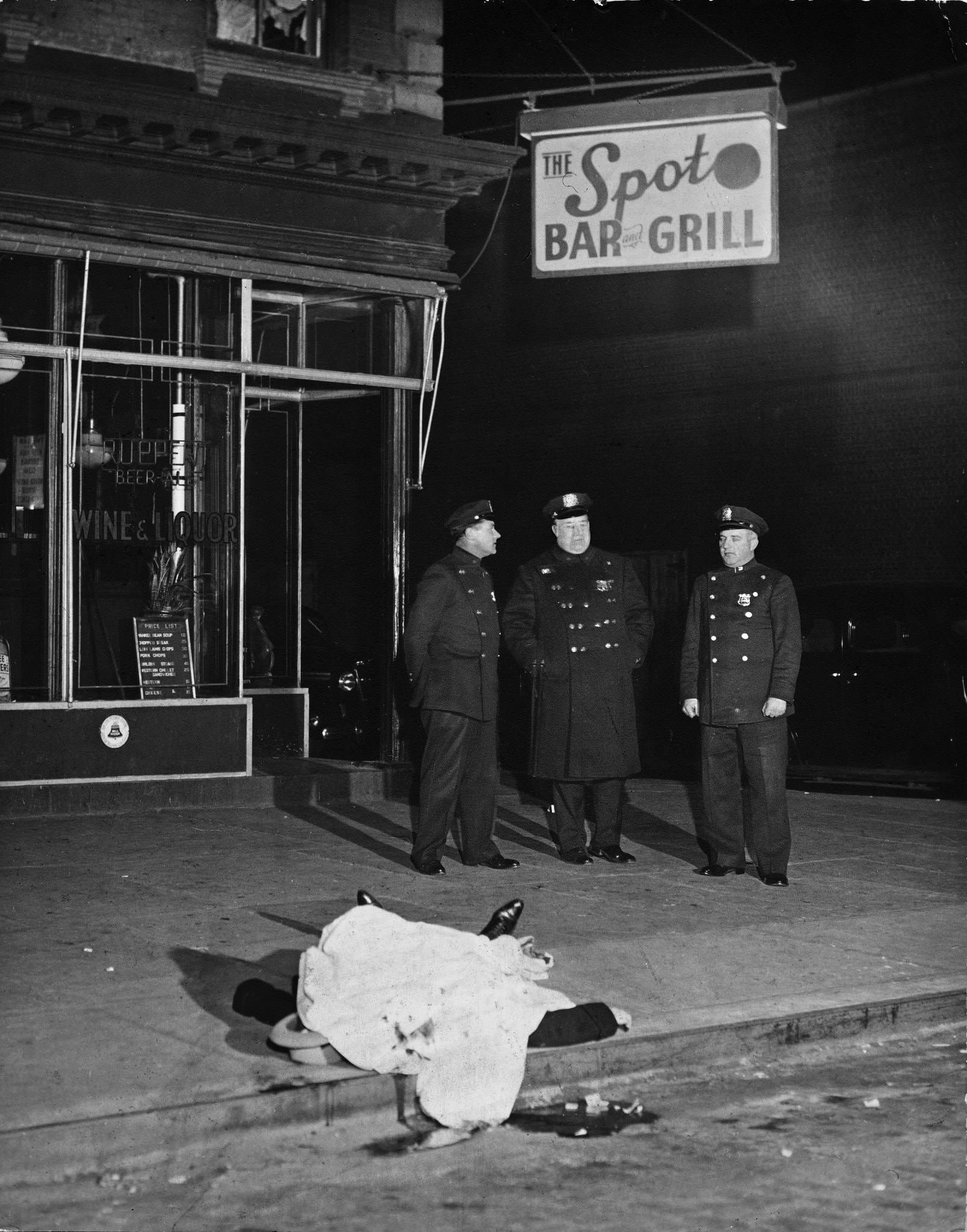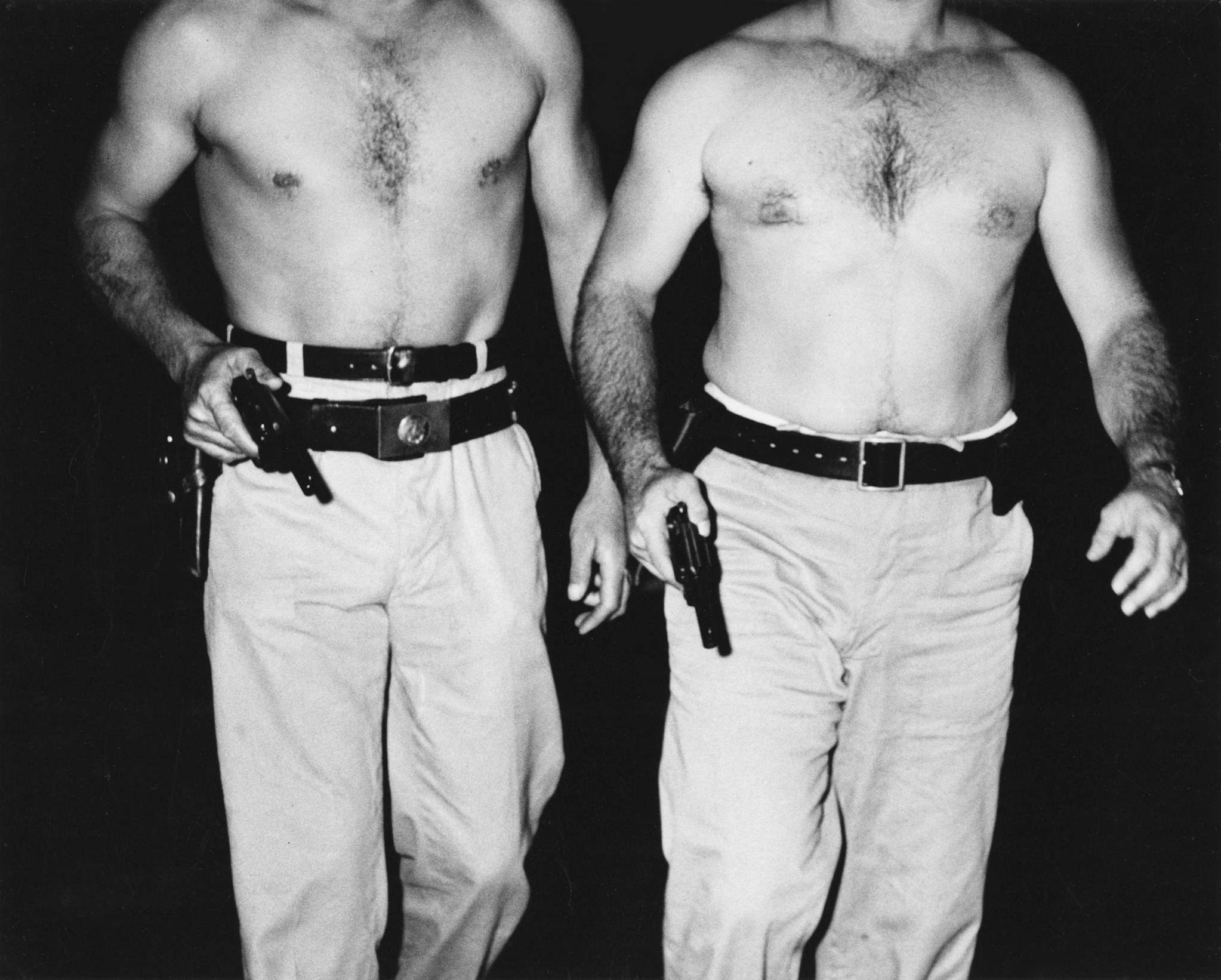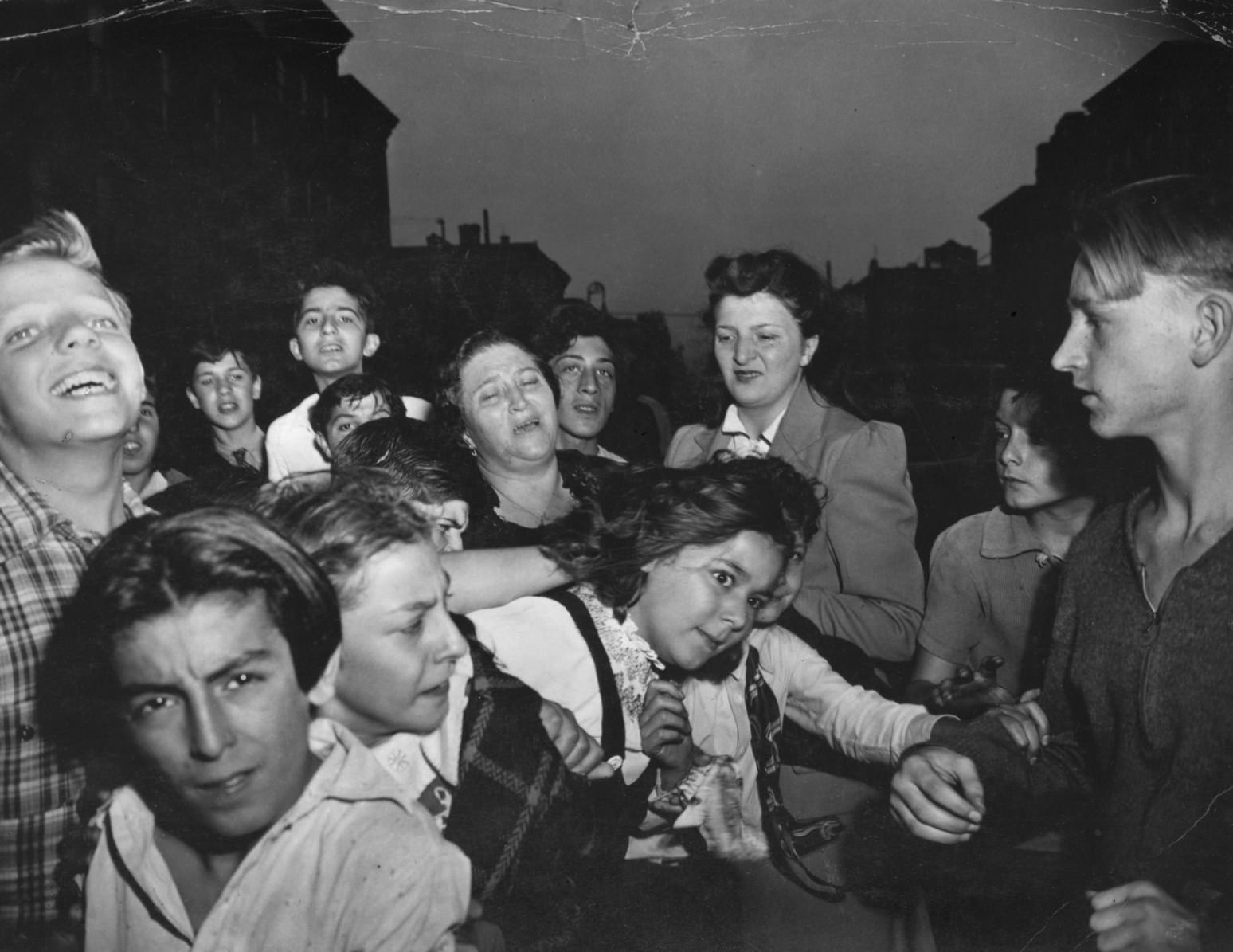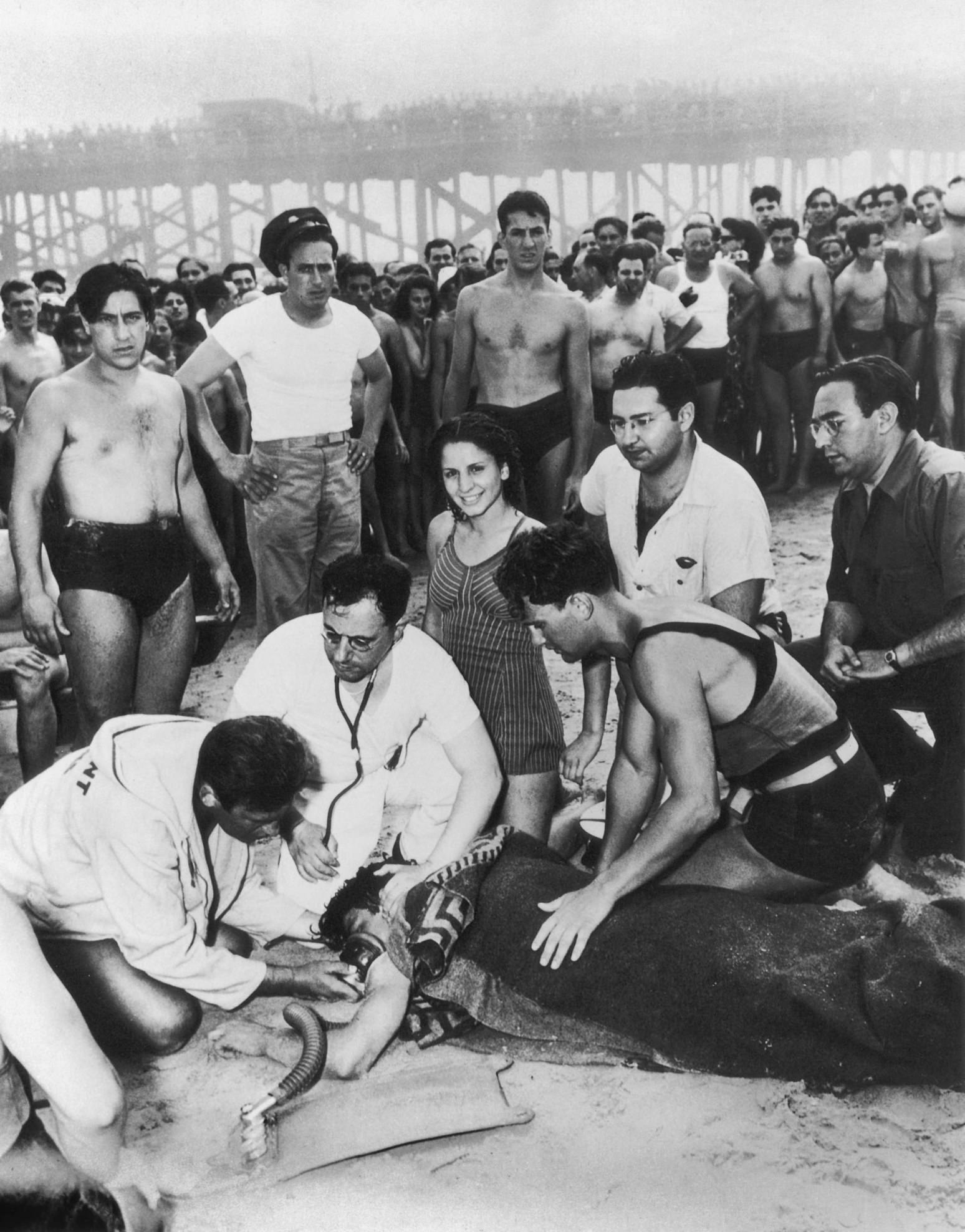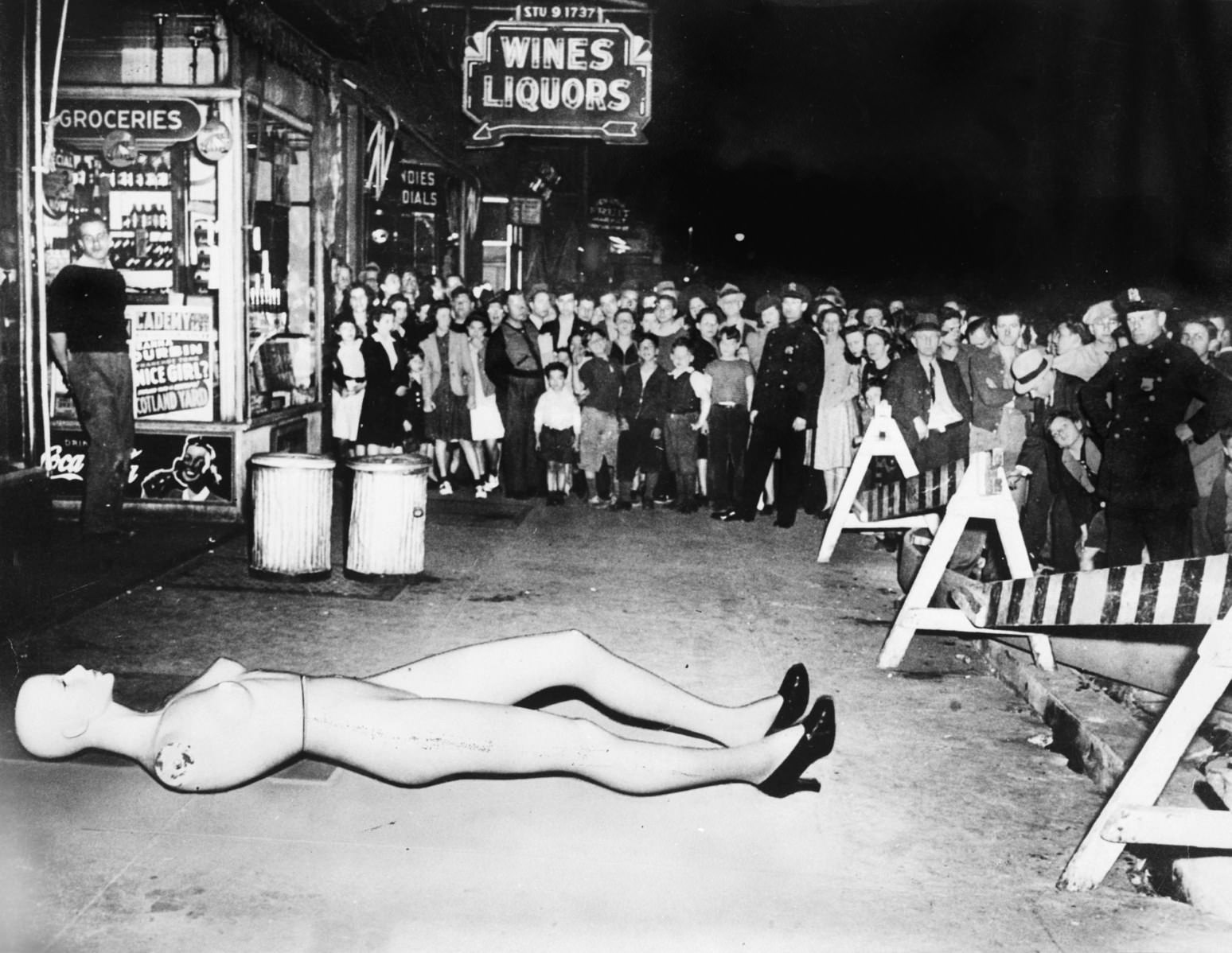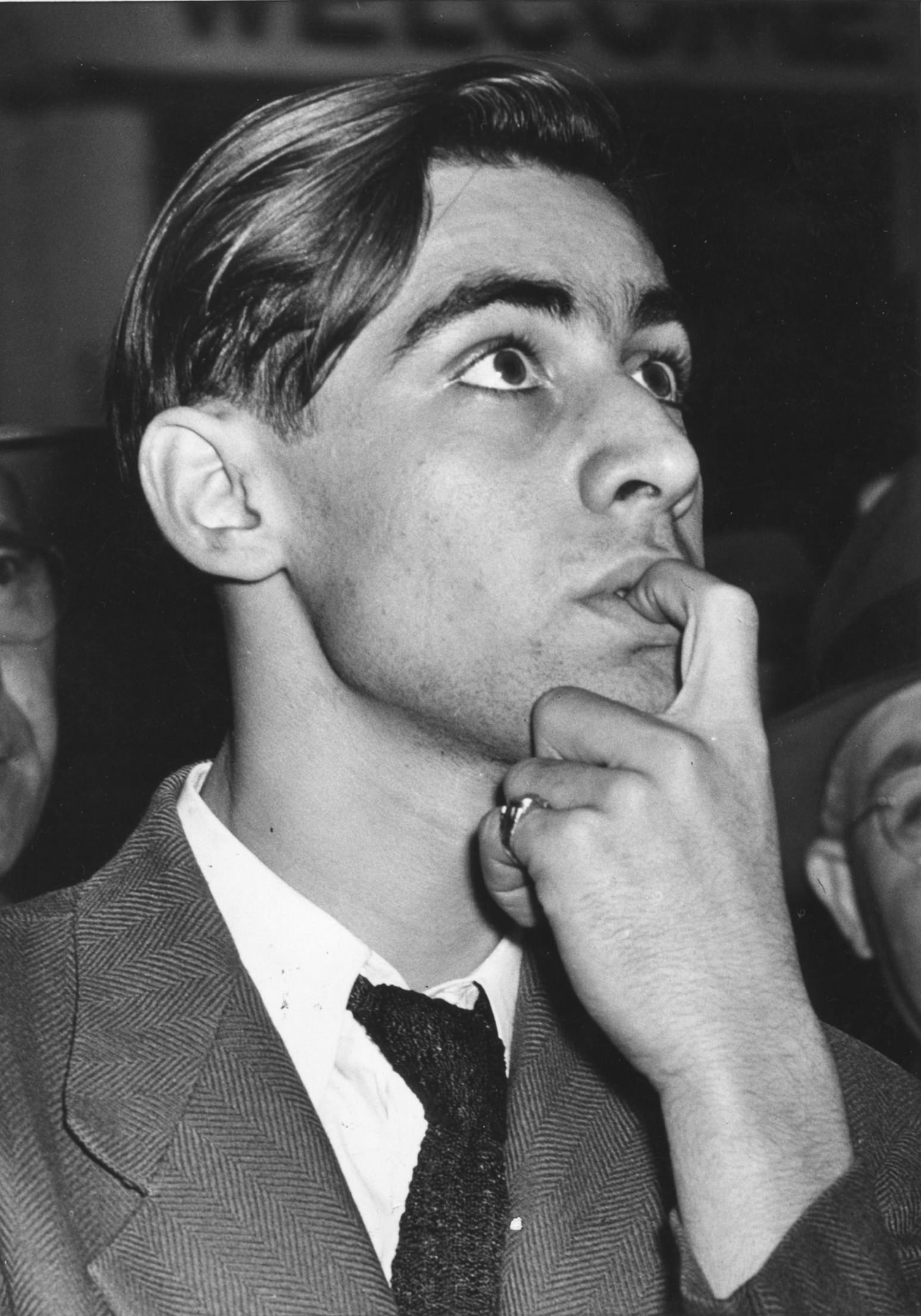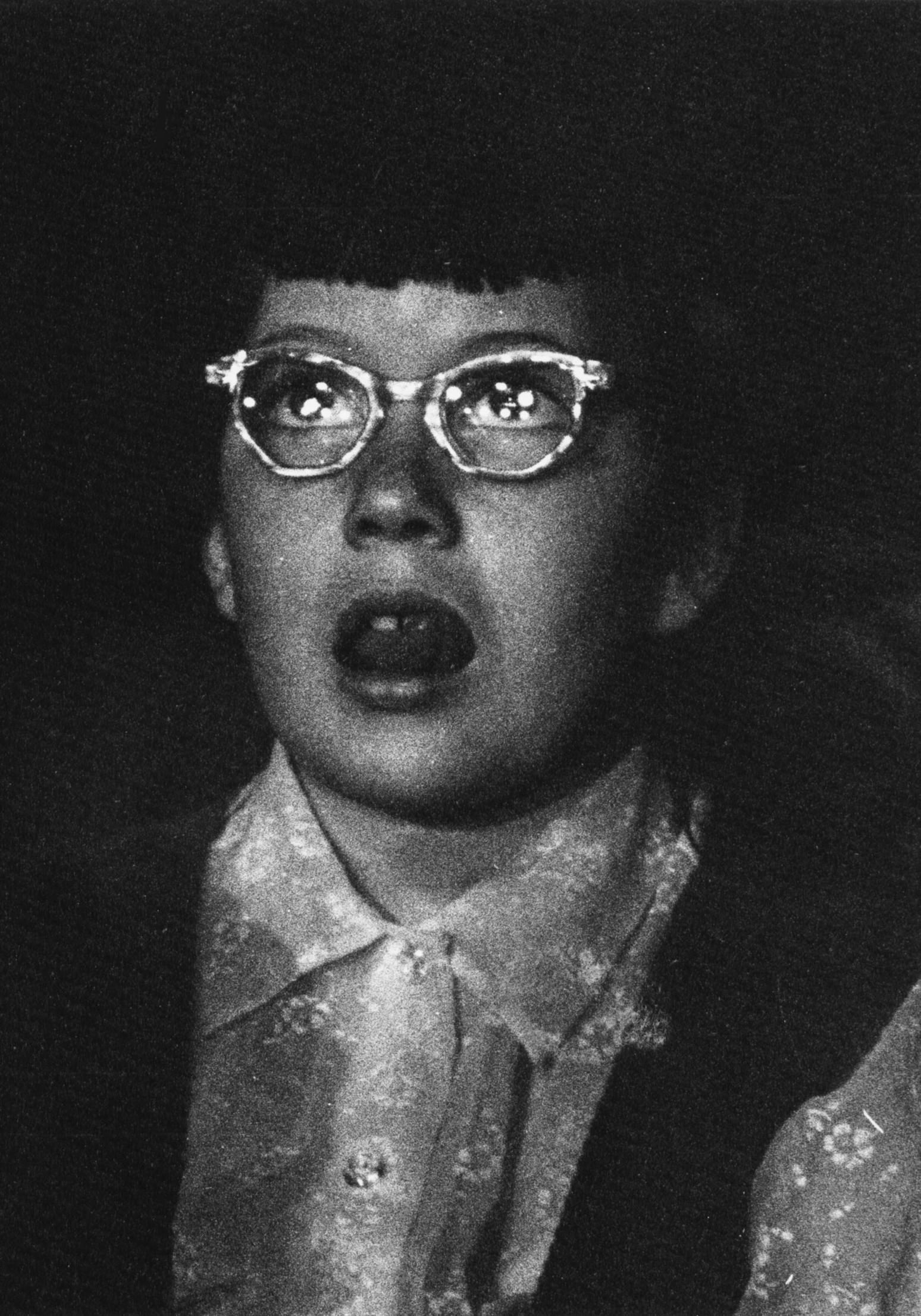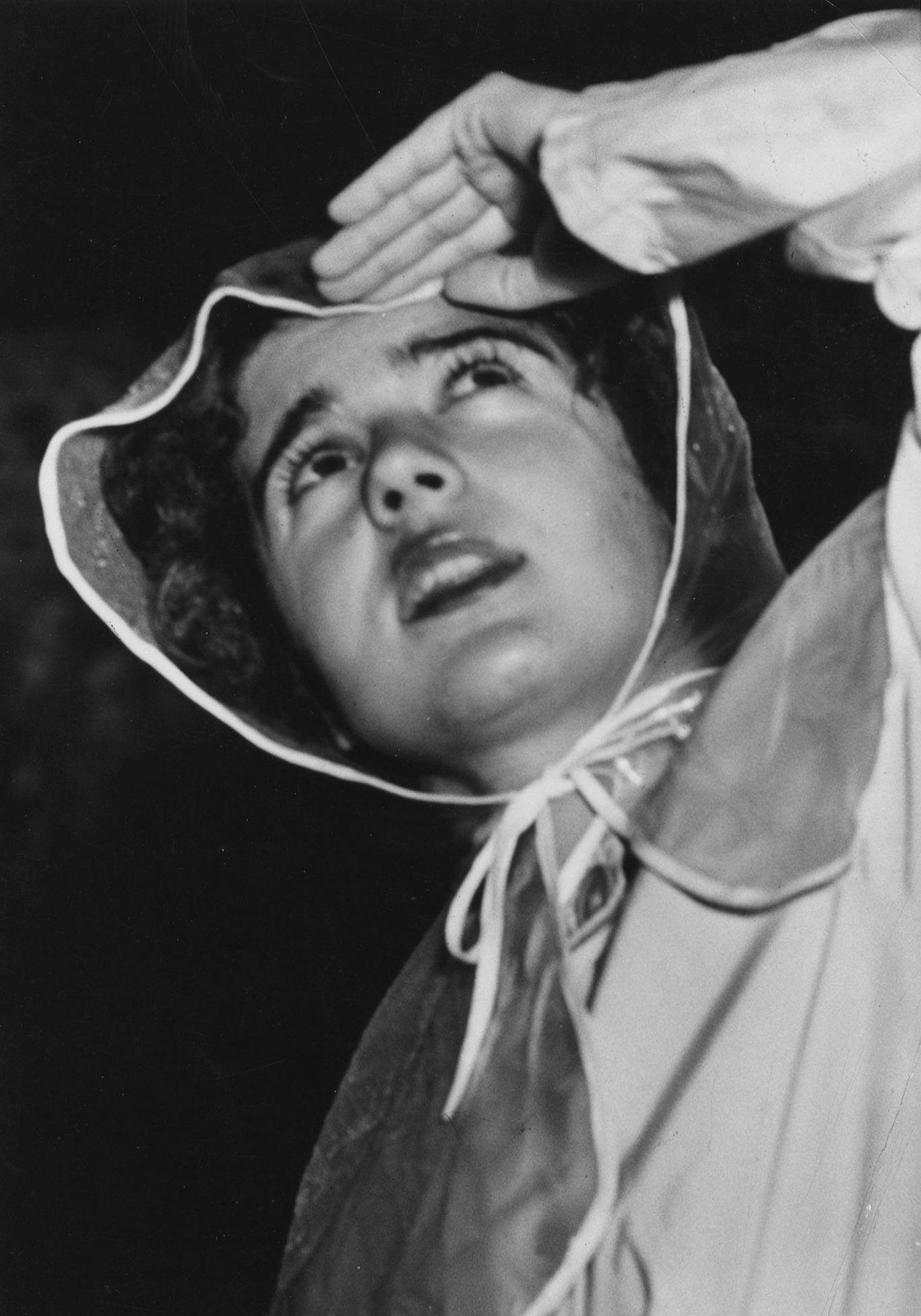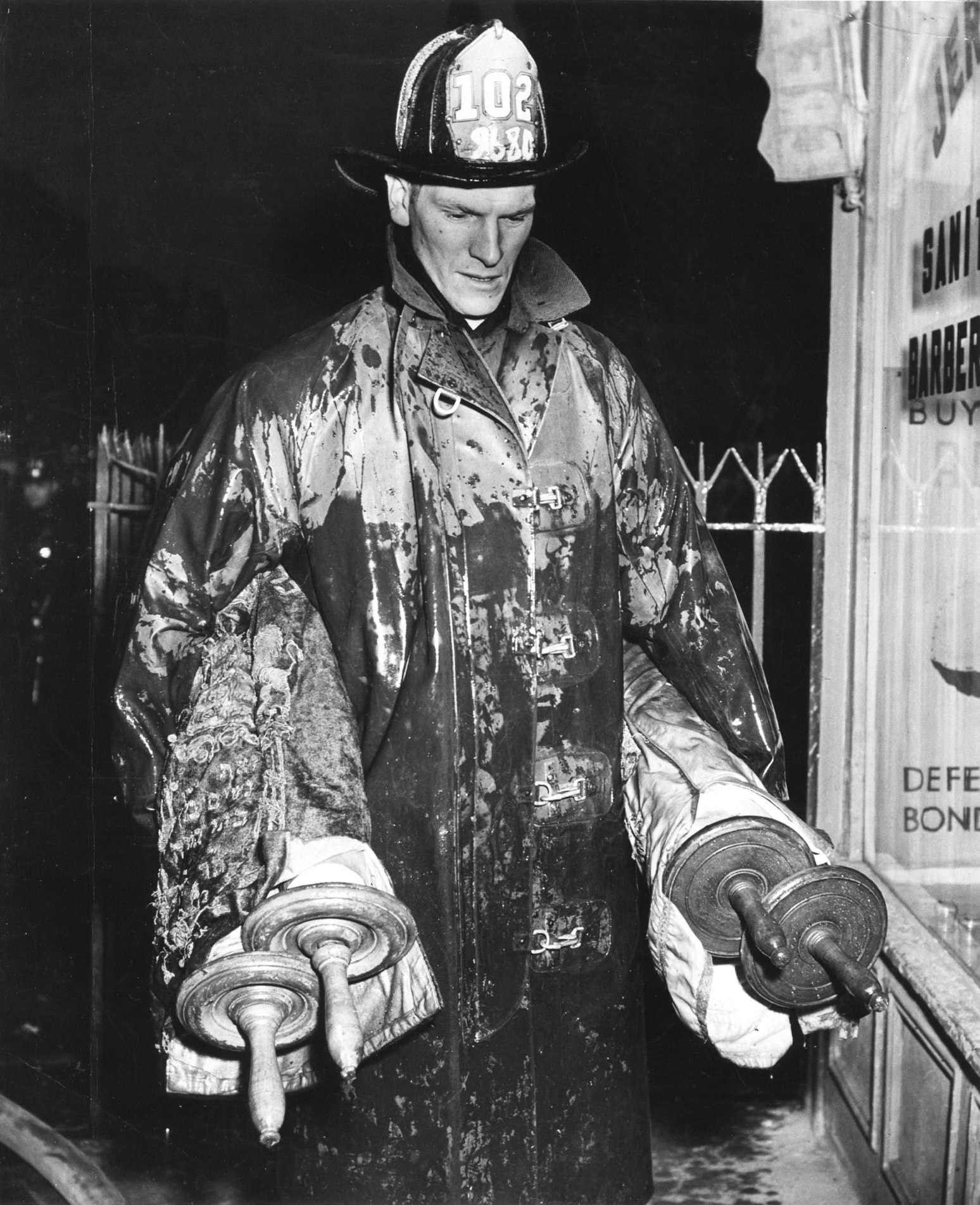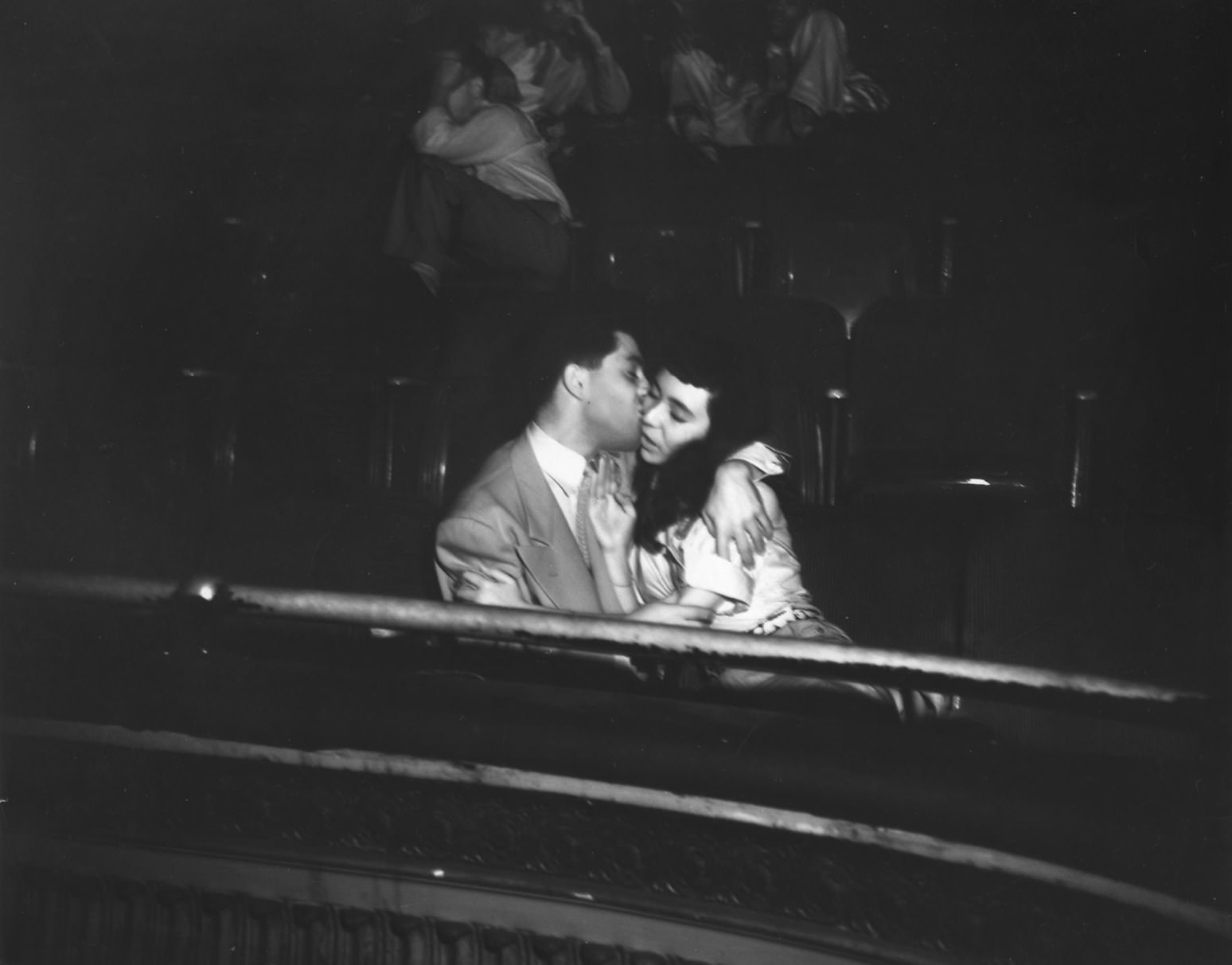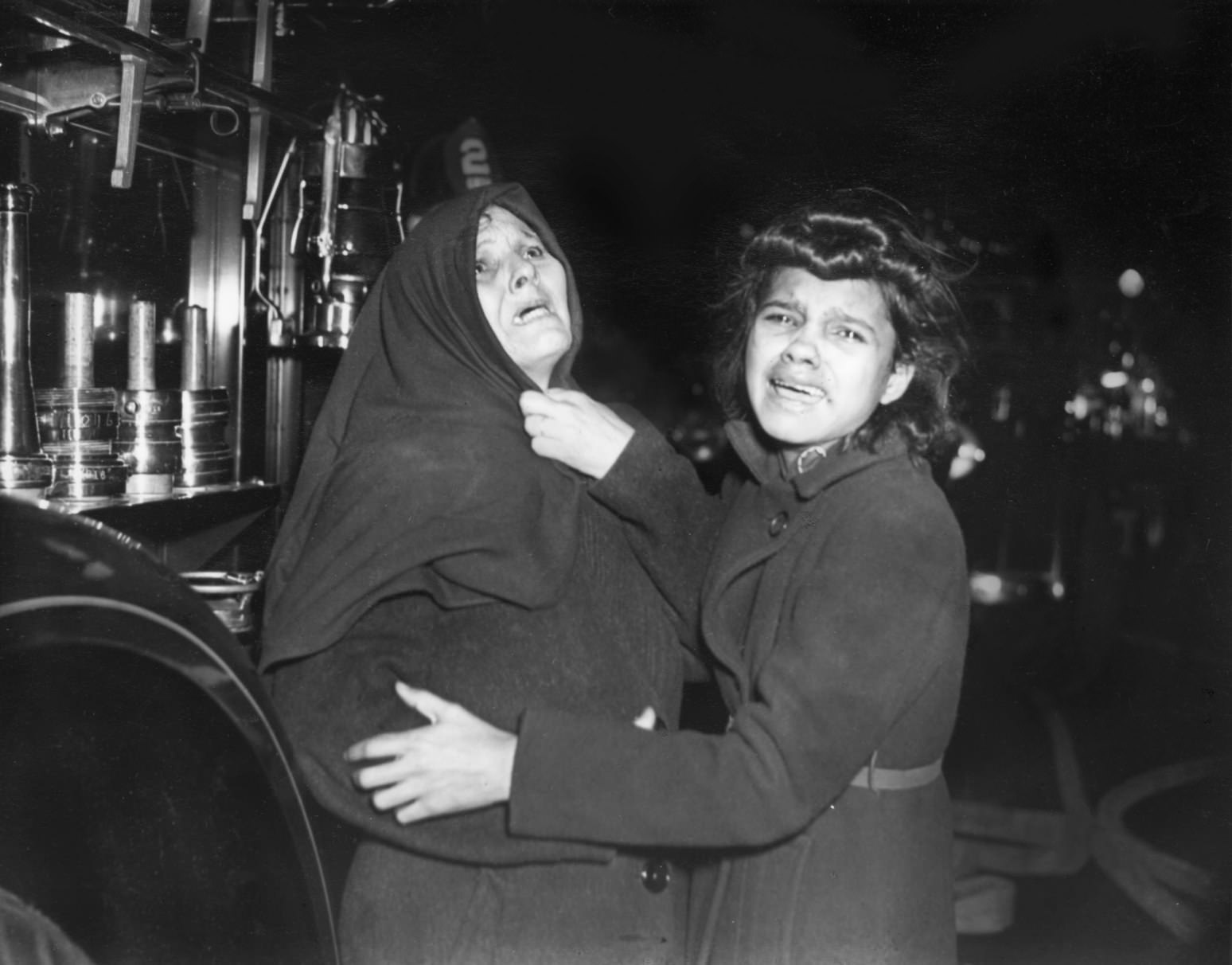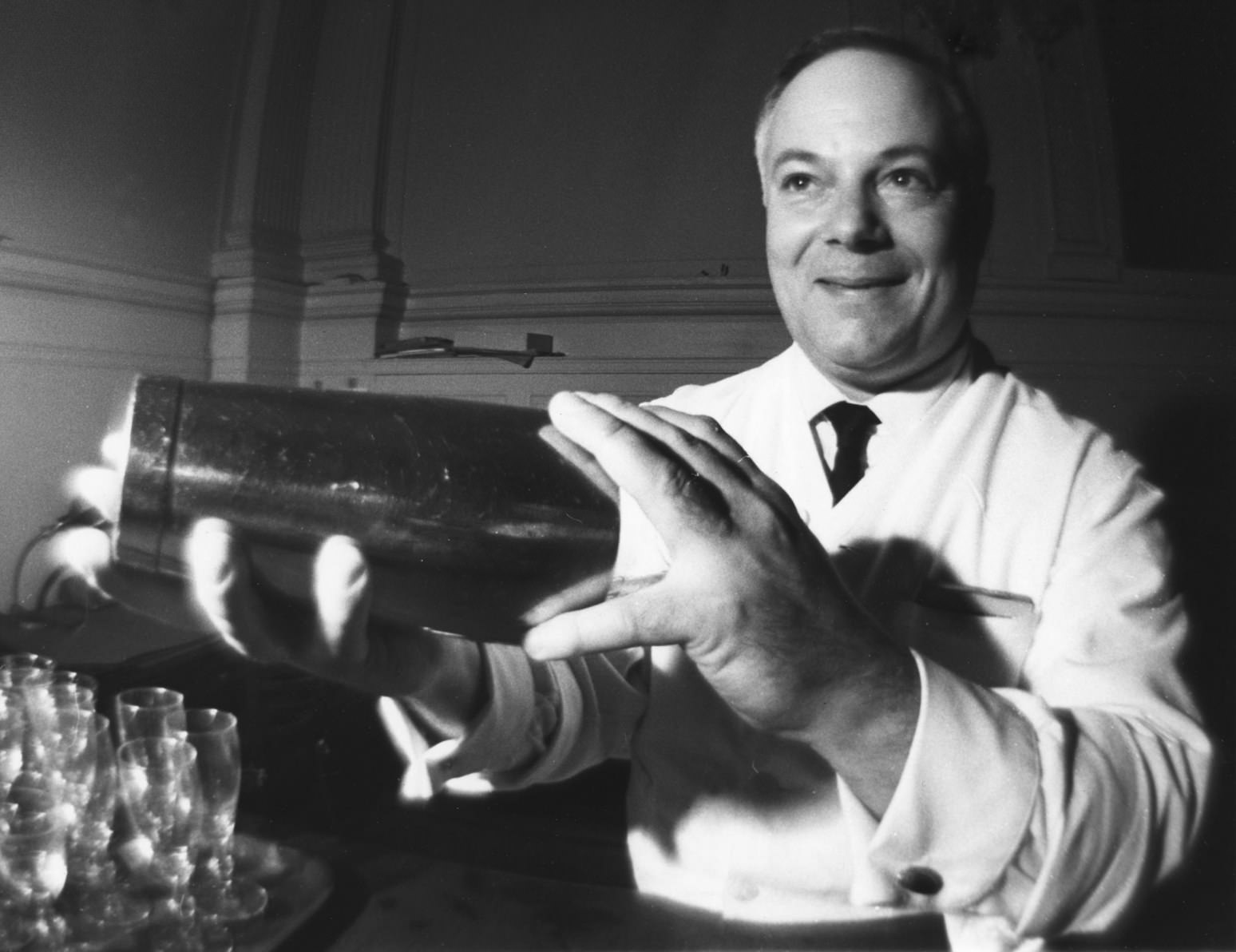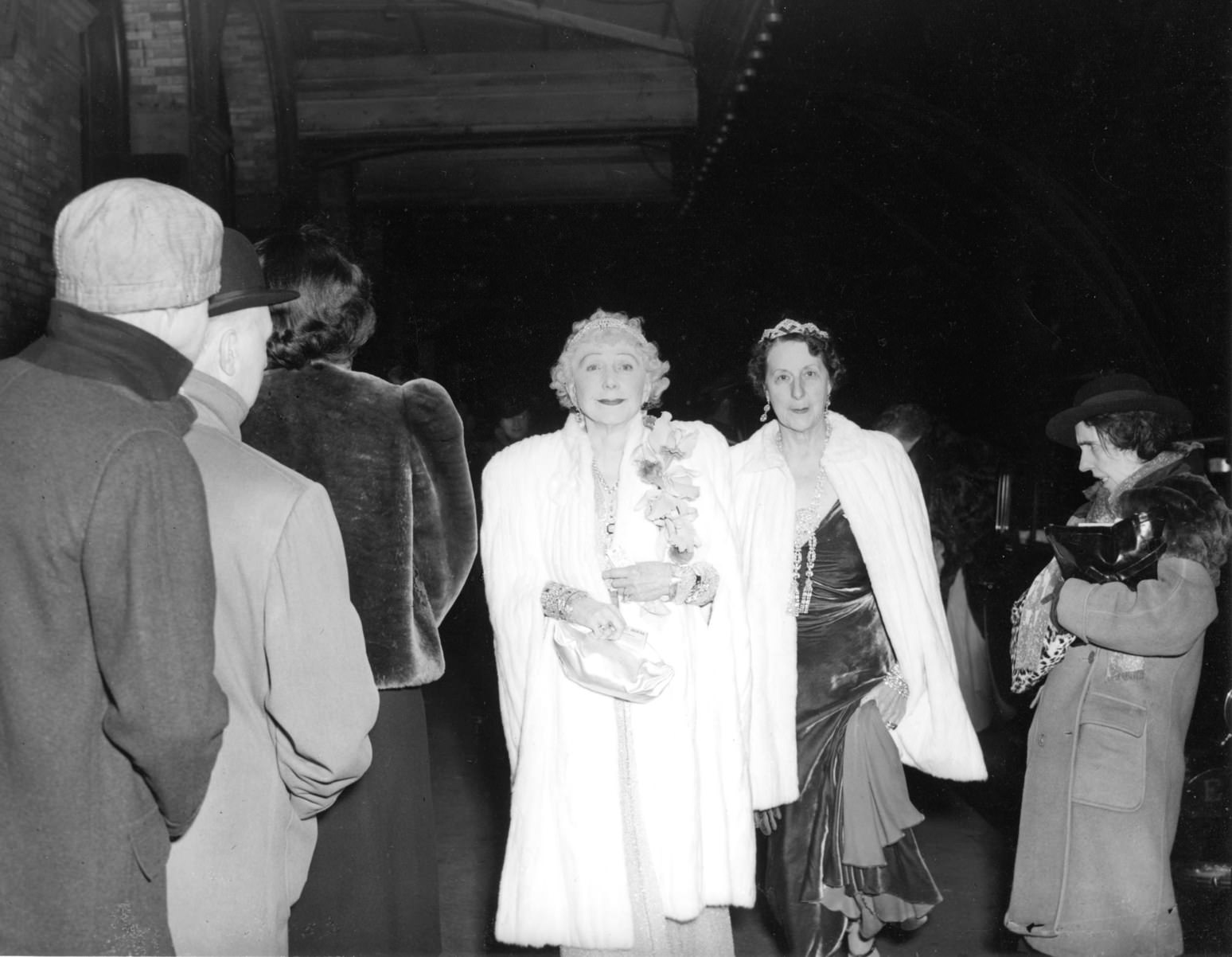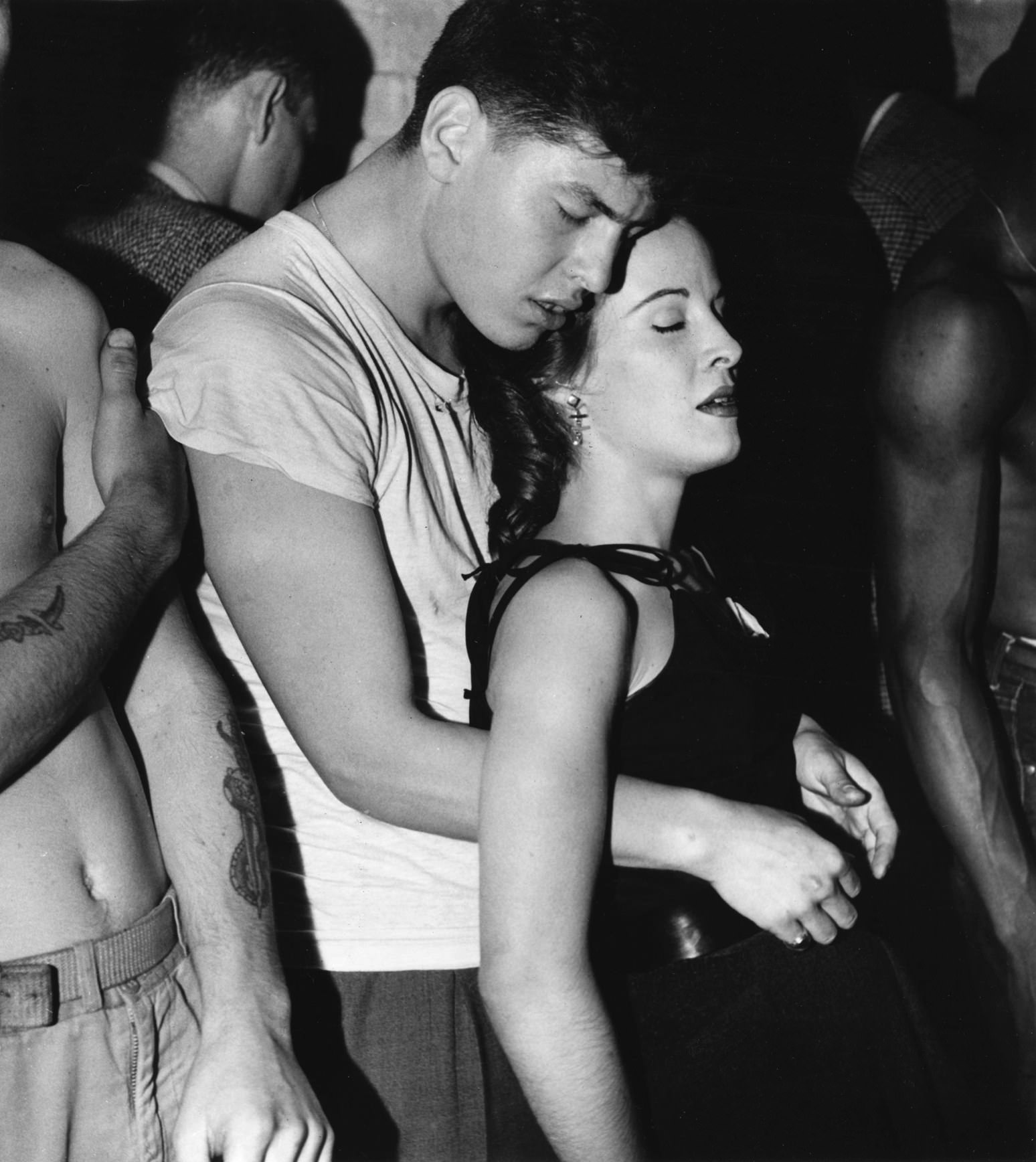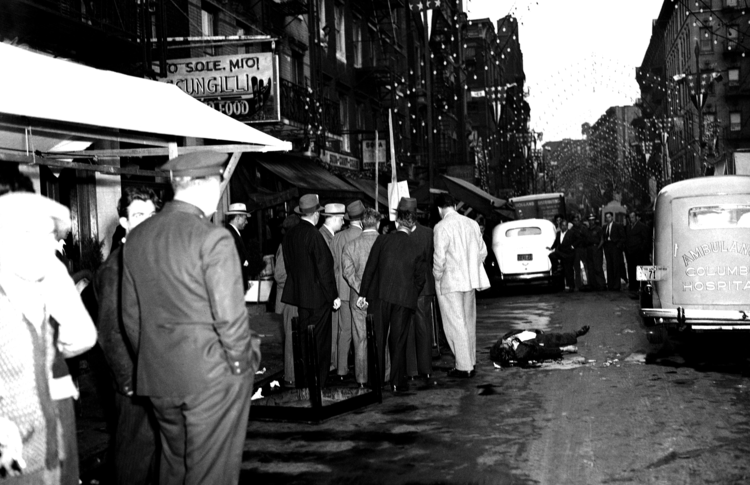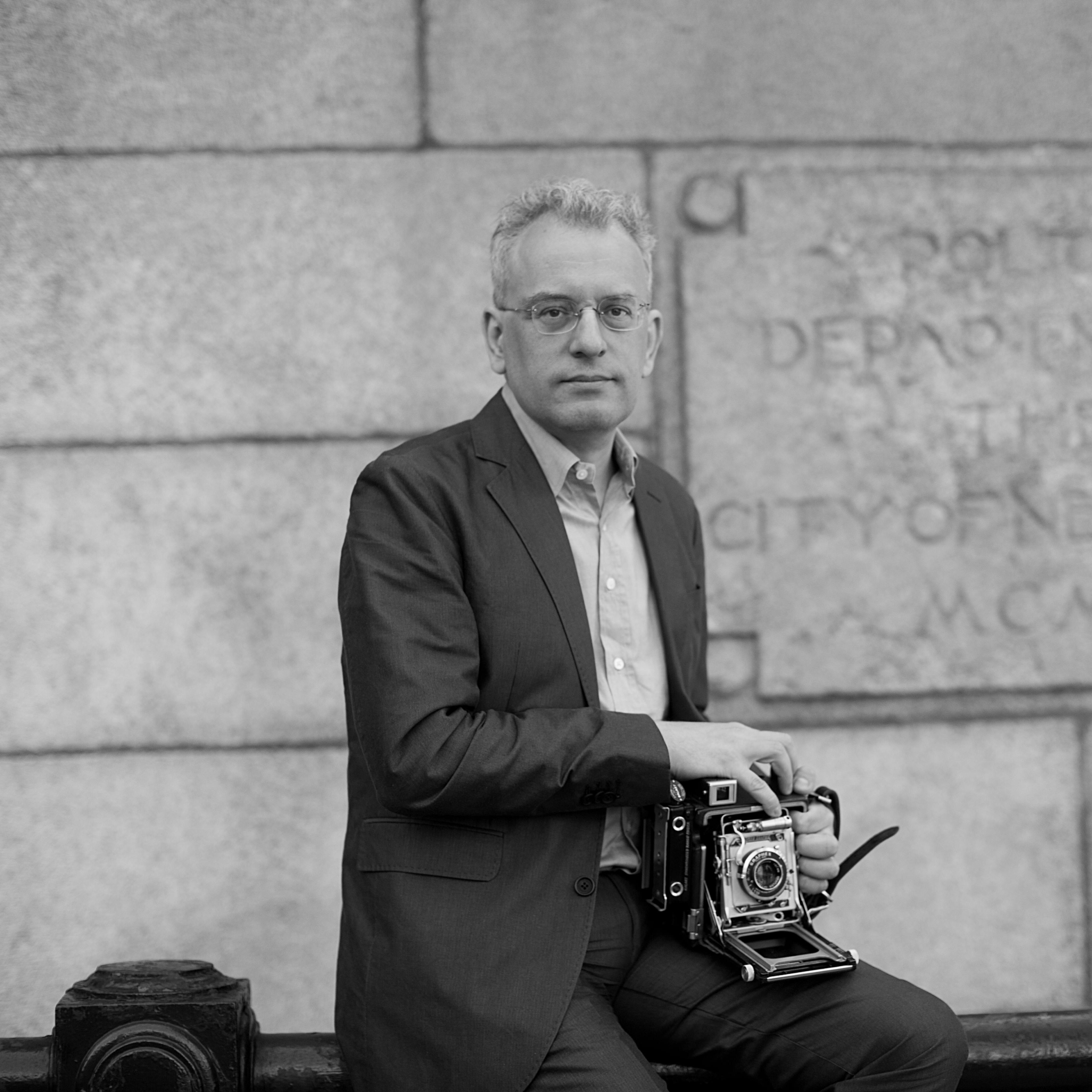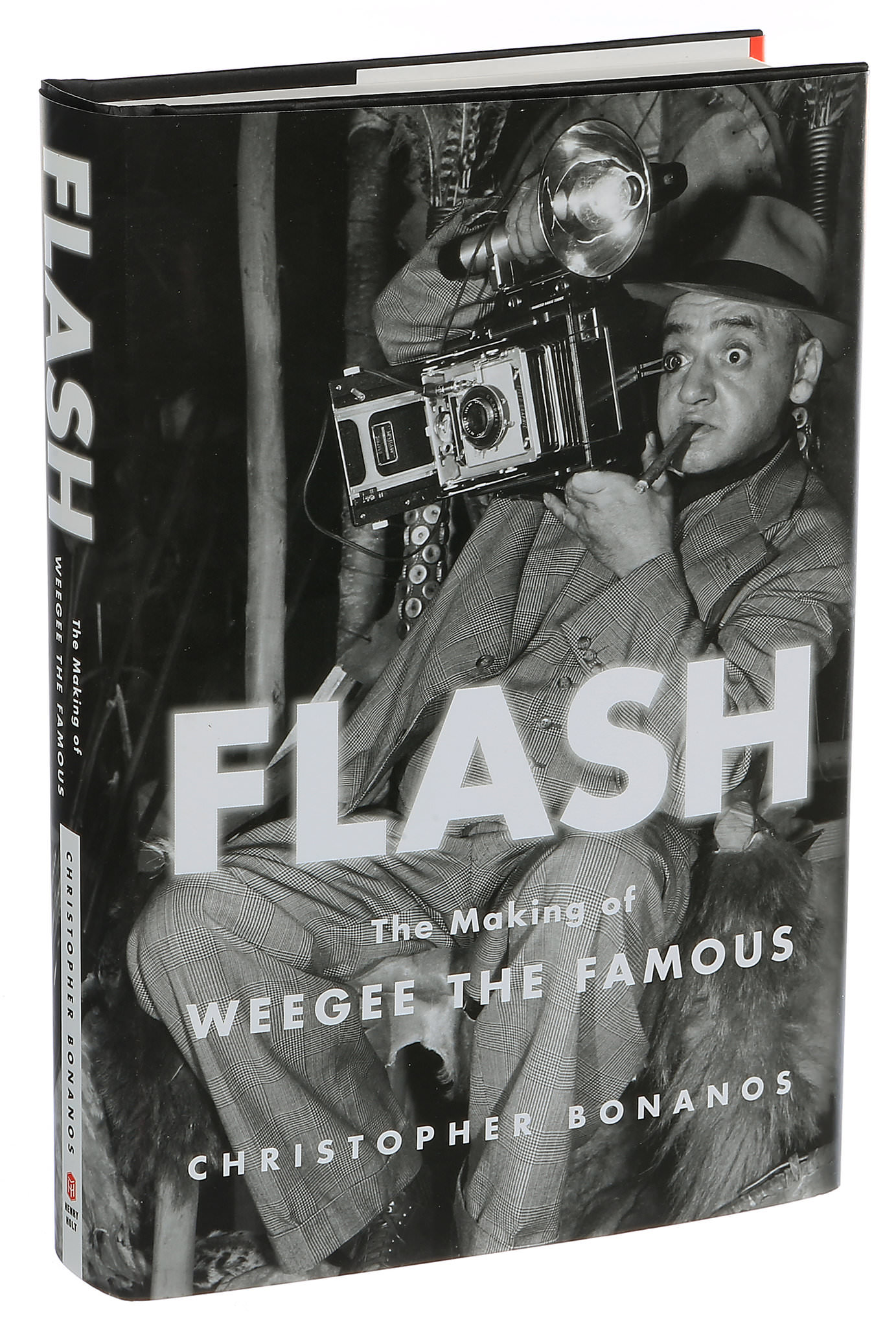Flash: the Making of Weegee the Famous by Christopher Bonanos
Flash: the making of Weegee the famous by Christopher Bonanos
New York magazine senior editor Cristopher Bonanos constructs an energetic and informative biography of photographer Arthur Fellig (1899–1968), better known as Weegee, whose crime scene photos captured the grit and grime of New York City in the 1940s.
The book traces Weegee’s career from his early years at the New York Times, where his chief responsibility was drying prints, to his darkroom work at Acme Newspictures, where it is rumored that one of his colleagues gave him the name Weegee, and finally to his rise as the photographer of “crashes, crimes scenes, arrests, and fires.”
Bonanos details how Weegee created his fame using a combination of talent and relentless self-promotion (he was known to introduce himself as “the world’s greatest living photographer”), but the book’s most revealing sections are actually about the dramatic waning of his fame toward the end of his career, as he started to take gag pictures for curious business ventures, including a line of greeting cards and posters for dorm rooms.
The photographer Arthur Fellig “Weegee”, lugged his enormous Speed Graphic camera around the nighttime streets of New York City in the 1930s and ’40s, cultivating a persona as stark and as memorable as his tabloid pictures.
“I have no inhibitions, and neither has my camera,” he declared in a 1961 autobiography — a fascinating and problematic document if there ever was one, given Weegee’s compulsion for exaggeration and self-promotion. This, after all, was the man who titled his first solo exhibition “Murder Is My Business” and likened a picture to a blintz: “Eat it while it’s hot.”
He knew that a good story, like a good image, could sometimes use a little extra. He was a “sentimental cynic,” in Luc Sante’s spot-on phrase.
With “Flash: The Making of Weegee the Famous,” Christopher Bonanos has finally supplied us with the biography Weegee deserves: a scrupulous account with just the right touch of irreverence.
Arthur Fellig’s ability to arrive at a crime scene just as the cops did was so uncanny that he renamed himself “Weegee,” claiming that he functioned as a human Ouija board. Weegee documented better than any other photographer the crime, grit, and complex humanity of midcentury New York City.
In Flash, we get a portrait not only of the man (both flawed and deeply talented, with generous appetites for publicity, women, and hot pastrami) but also of the fascinating time and place that he occupied. We have an unprecedented and ultimately moving view of the man now regarded as an innovator and a pioneer, an artist as well as a newsman, whose photographs are among the most powerful images of urban existence ever made.
About the Author
Christopher Bonanos is the city editor of New York magazine, where he covers arts and urban affairs.
He’s the author of Flash: The Making of Weegee the Famous, the first biography of Arthur (Weegee) Fellig, which won the National Book Critics Circle award for the best biography of 2018. His previous book was Instant: The Story of Polaroid.
He lives in New York City with his wife and their son, who appears in many, many Polaroid photographs.
Hardcover: 400 pages
Publisher: Henry Holt and Co.; First Edition edition (June 5, 2018)
Language: English
Size: 6.4 x 1.3 x 9.8 inches
Weight: 13.6 ounces
ISBN-13: 978-1627793063
Christopher Bonanos is the city editor of New York magazine, where he covers arts and urban affairs.
He’s the author of Flash: The Making of Weegee the Famous, the first biography of Arthur (Weegee) Fellig, which won the National Book Critics Circle award for the best biography of 2018. His previous book was Instant: The Story of Polaroid.
He lives in New York City with his wife and their son, who appears in many, many Polaroid photographs.

